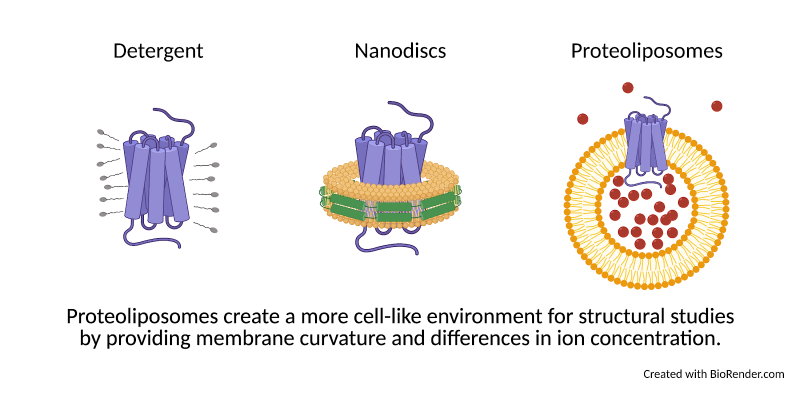Review written by Liza Mankovskaya (SLA, G7)
Have you ever wondered why we tend to talk to children in a different way than we speak to adults? You might think there isn’t much to it. After all, kids are cute, so adults melt, and hence – “baby talk.” Yet, this difference serves a very important purpose. Several decades of studies have shown that children, from young infants to toddlers, prefer this kind of speech; most importantly, when exposed to speech directed to them in this way, children are more engaged and learn more. But why? We can first consider the differences between speech to children, and speech between adults. One of the most recognizable ways in which caregivers tend to speak to children–child-directed-speech (CDS)–is characterized by significant variation in pitch and intonation. Compared to CDS, “adult” voice and intonations are much more monotonous, so children have a harder time concentrating. Thus, researchers believe that the overall higher level of engagement engendered by CDS promotes learning in children. What is less known, however, is how children process and learn from specific patterns of stress and intonation of CDS on the level of individual words. Recently, Princeton researchers Mira Nencheva, Elise Piazza, and Professor Casey Lew-Williams in the department of Psychology took on exactly this question. They identified specific ways in which caregivers’ pitch changed throughout a word (pitch contours) of CDS in English and analyzed how engaged two-year-old children were during these different pitch contours and how well they learned novel words that followed these contours. Their findings provide a sub-second frame for understanding the mechanisms and features of CDS that make it optimal for children as they listen to CDS in real time.
Continue reading








